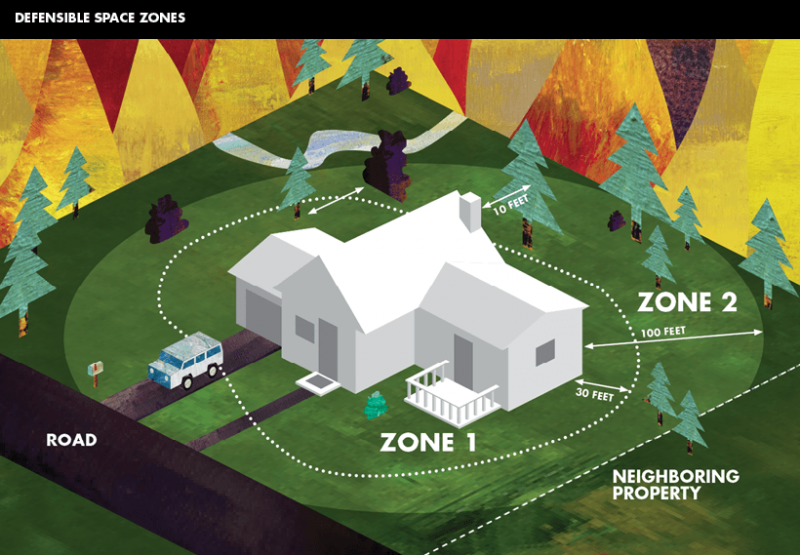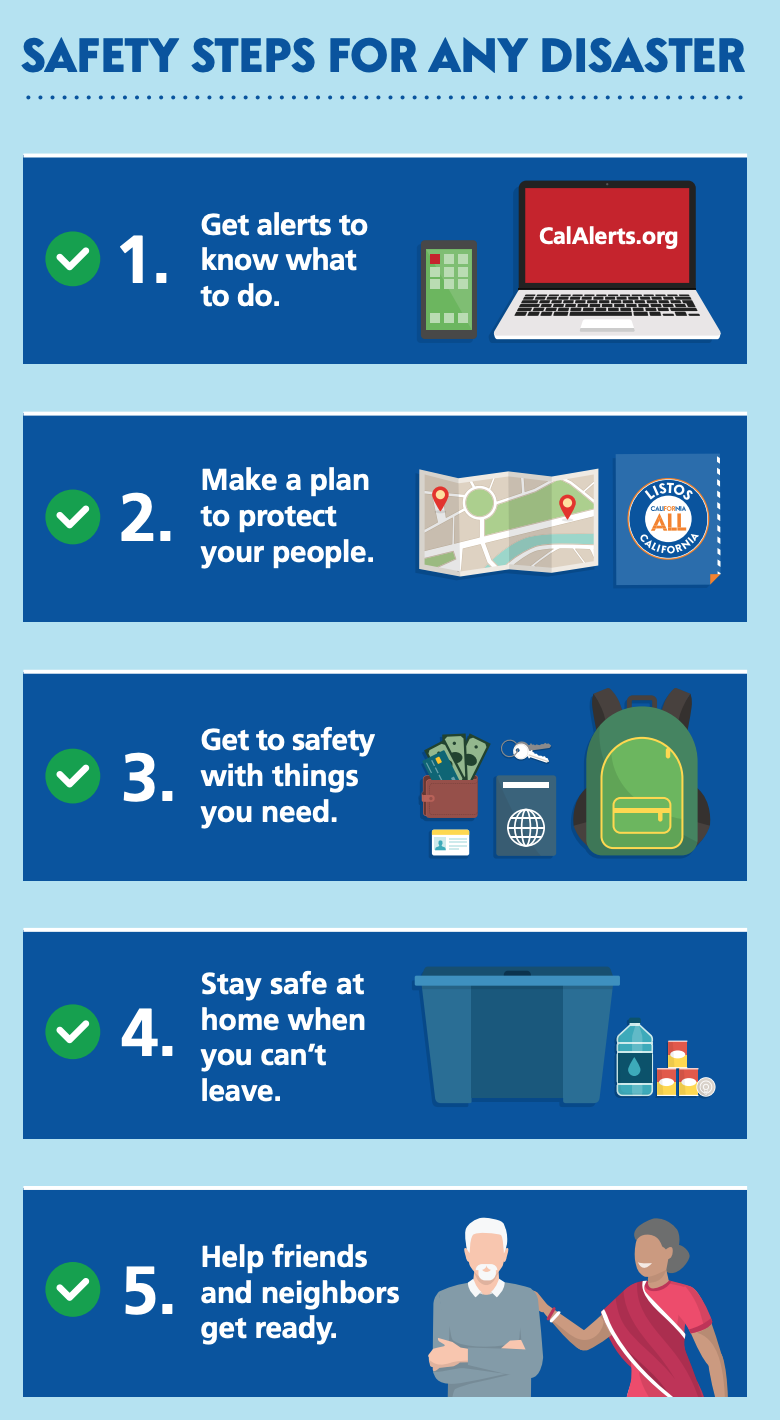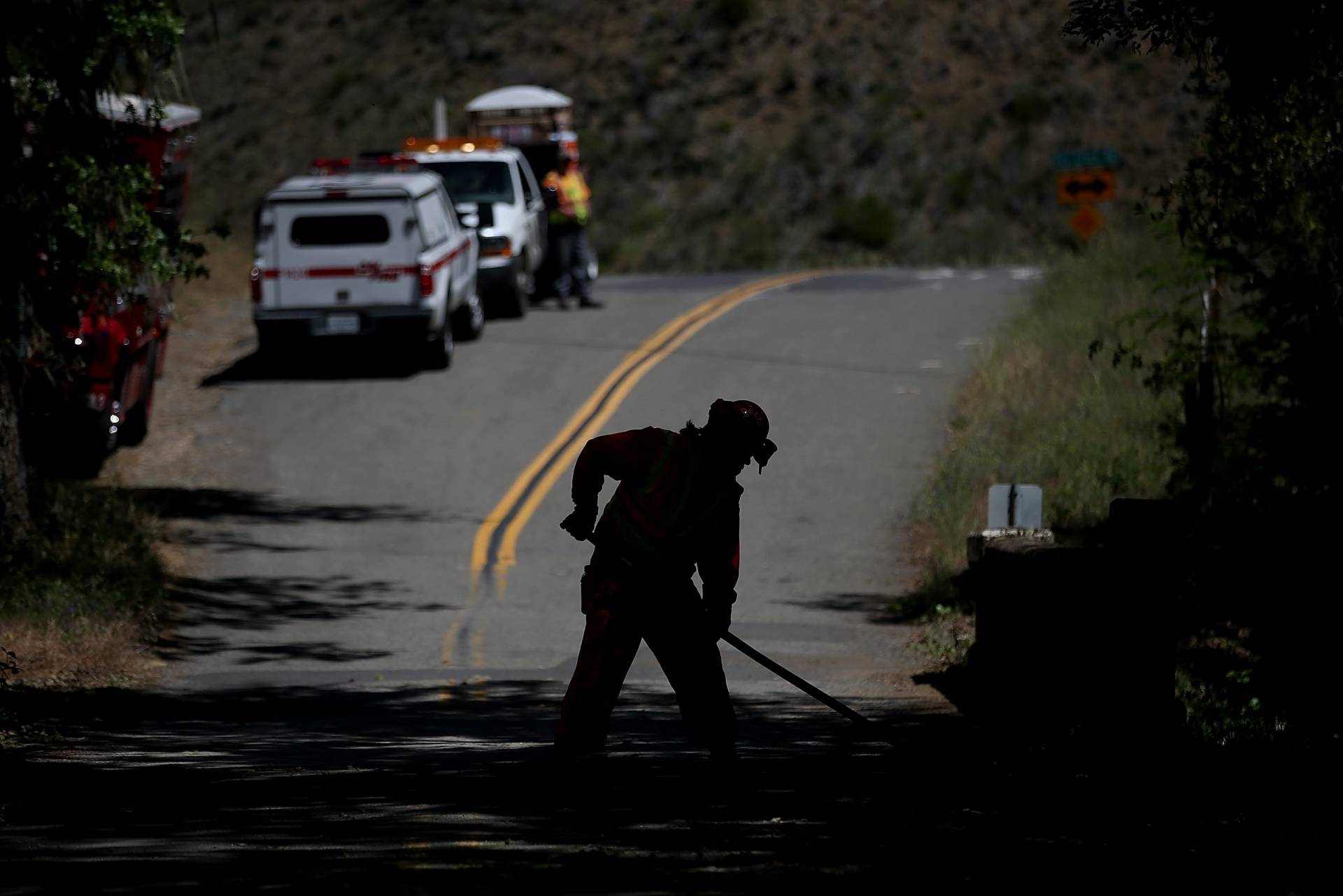Updated: May 6, 2021, 5:02 p.m.
After another winter of lackluster rainfall, Northern California is facing a worse-than-average wildfire outlook, with most counties in the state in severe to extreme drought.
“Unfortunately, all evidence points towards a particularly severe fire season, once again, in most of California. And it’s an early fire season, too,” said UCLA climate scientist Daniel Swain. “Conditions are currently drier than they were, at any point during the last drought, which is kind of shocking, because things got pretty bad then. To the extent that that relates to ecosystem health, forests, mortality, wildfire risk, that’s a very alarming signal.”
Now is the time to prepare yourself and your family for the inevitable danger of wildfire.
Cal Fire Battalion Chief of Communications Issac Sanchez says with the wet season over, the agency typically starts to see more vegetation fires.
“The preparation is even more important this year, specifically because of the lack of rain,” he said. “Preparation steps need to be done now. That way, when a fire breaks out — not if a fire breaks out in your community, but when a fire breaks out in your community — you’re ready to react at a moment’s notice.”
Sanchez says Californians shouldn’t wait for an official declaration of the start of fire season to take action.
“The public needs to maintain a constant state of readiness,” he said.
In any disaster, there aren’t enough emergency personnel to help everyone. So first responders depend on the majority of people being ready and able to take care of themselves and help their neighbors.
One of the top things to do, says Sanchez, is a self-assessment of the trees, brush and other vegetation on and around your property. Learn the steps to protect your home from wildfire and start clearing brush and doing other key tasks now.
This year, as last, first responders and emergency managers will not only have to cope with the already difficult task of addressing wildfires that have burned increasingly out of control in the age of climate change, but also do so while the state is still the midst of the coronavirus pandemic.
Cal Fire’s Ready for Wildfire website and app breaks down steps everyone can take to get prepared. Sanchez also advises people to register for emergency alerts and evacuation warnings from their county’s emergency services agencies.
Preparing for a wildfire or other disaster can feel daunting. So the Listos California Emergency Preparedness Campaign provides a five-step readiness plan that sends you reminders via text.
Here are some guidelines to help get you ready.
Prepare the Outside of Your Home
If you live in a fire-prone area, sometimes called the “wildland-urban interface,” clearing brush and tree limbs close to your home is an important way to slow the spread of fires, increasing the chance of your home’s survival. This area of cleared and low vegetation is called “defensible space,” and you can think of it as a buffer zone, free of anything likely to catch fire.
Cal Fire asks homeowners to think about two zones of defensible space. The first extends 30 feet from homes, outbuildings and decks:
- Remove overhanging and dead branches. All branches should be a minimum of 10 feet away from your chimney and other trees.
- All dead vegetation should be removed.
- Clear dry leaves and pine needles from the yard, roof and rain gutters.
- Move wood piles to Zone 2.
Zone 2 extends from the end of Zone 1 to 100 feet out from your home, structures and deck:
- Here, mow annual grasses down to 4 inches or less, and create horizontal and vertical spaces between vegetation.
- Don’t let fallen leaves, needles, twigs, bark, cones and small branches accumulate more than 3 inches high.
Find detailed instructions at Readyforwildfire.org.
 One thing people don’t think about a lot is to make sure their home address is clearly visible. You should; that way, if you call for emergency help, responders can find you.
One thing people don’t think about a lot is to make sure their home address is clearly visible. You should; that way, if you call for emergency help, responders can find you.
‘Harden’ Your Home Against Wildfire
Many homes that burn in a wildfire are never in the path of flames, but ignite from flying embers and firebrands that can accumulate in eaves or drift into vents. Hardening homes against fire can be as inexpensive as installing screens over vents and as pricey as installing new windows, roofing or siding.
Find detailed information here, including a low-cost retrofit list.

Have a Go Bag Ready
There are three reasons people tend to put off preparing for a disaster, says Karen Baker, co-chair of Listos California. “They either find it scary, expensive, and/or time-consuming,” she said.
Listos tries to overcome those qualms with a simple readiness guide, available in English and Spanish. Sign up for readiness text prompts here.
The organization recommends packing up some items in advance so you can get out of the house quickly if you need to. If cost is a concern, you can assemble the kits over time.
Recommended items to pack beforehand:
- Documents: copies of insurance, identification, and other important papers and photos
- Cash: $1 and $5 bills are best
- Map: with different routes out of your neighborhood marked
- Medications list: Include all prescriptions and other important medical information.
- Portable radio
- Flashlight
To grab on your way out the door:
- Wallet, purse, keys
- Phone and charger
- Medicine
- Portable computer
- First-aid supplies, N95 masks, hand sanitizer, wipes
- Change of clothes
- Anything else needed by people or animals in your household
Create a plan for your household in the event of a wildfire emergency. (See Cal Fire’s wildfire action plan checklist.) And be sure you’re signed up to receive emergency alerts for your area. You can sign up here.
Cal Fire also recommends mapping out your household’s fire escape route and running your own fire drills.
Expect Smoky Days
